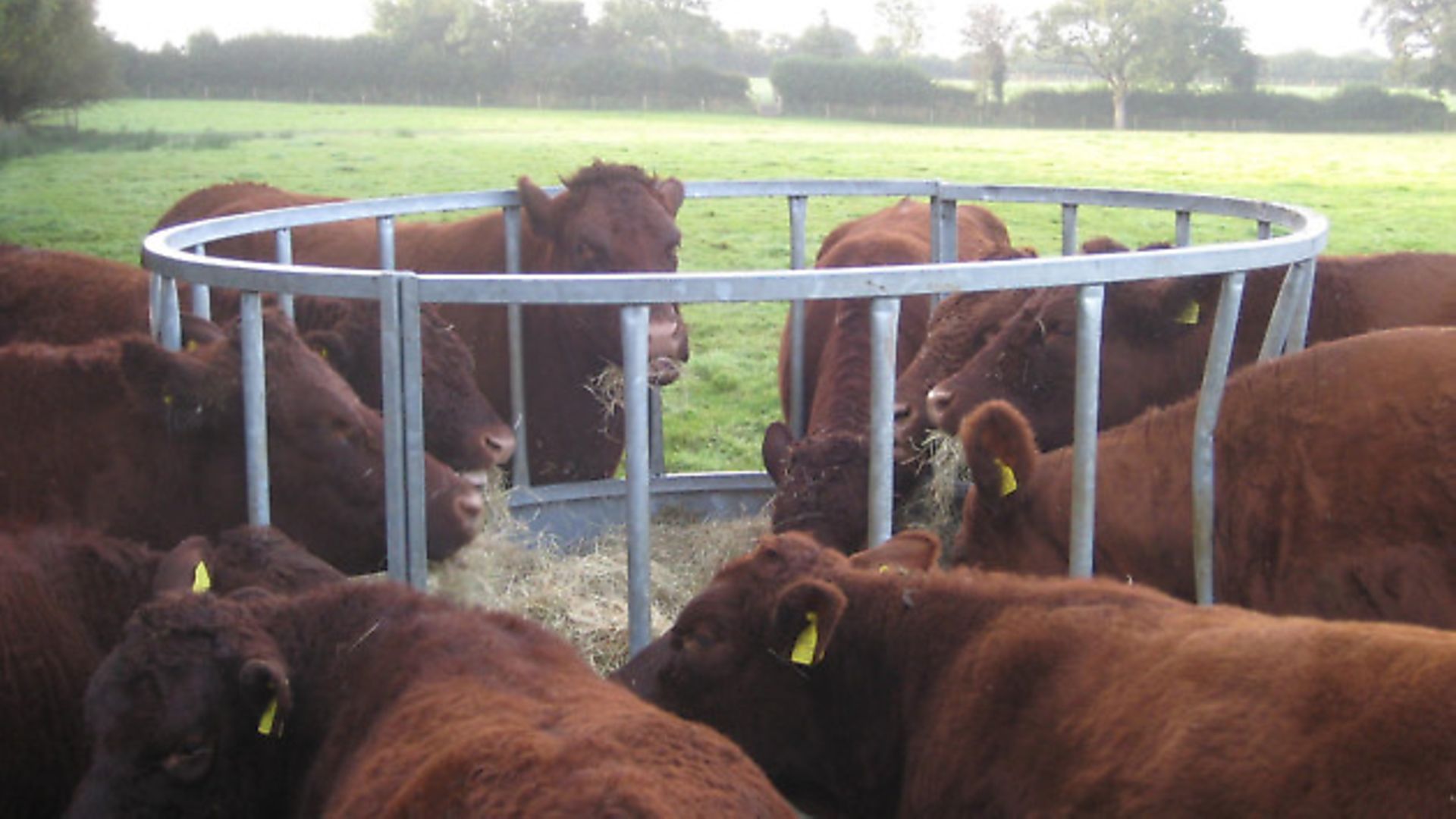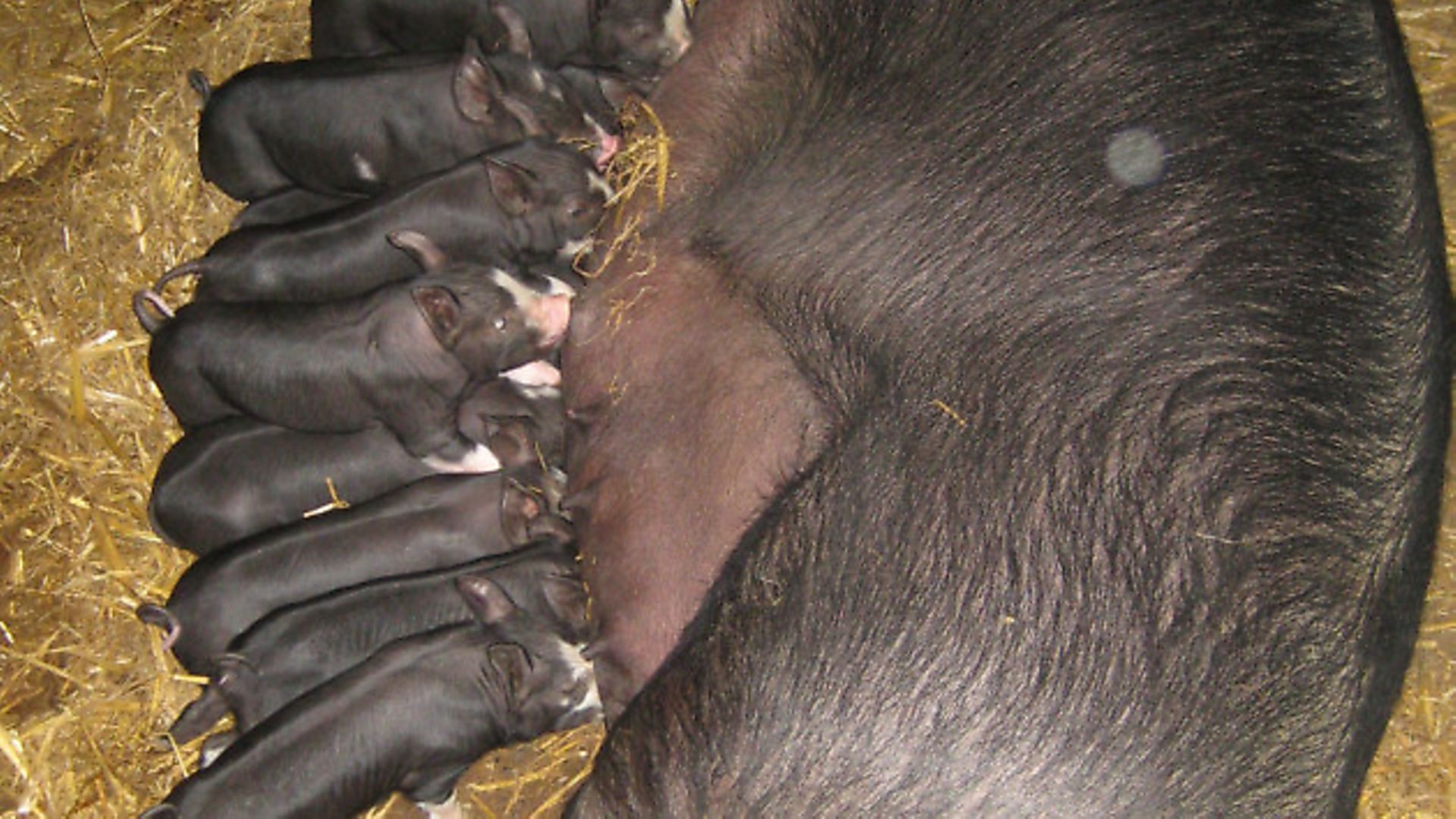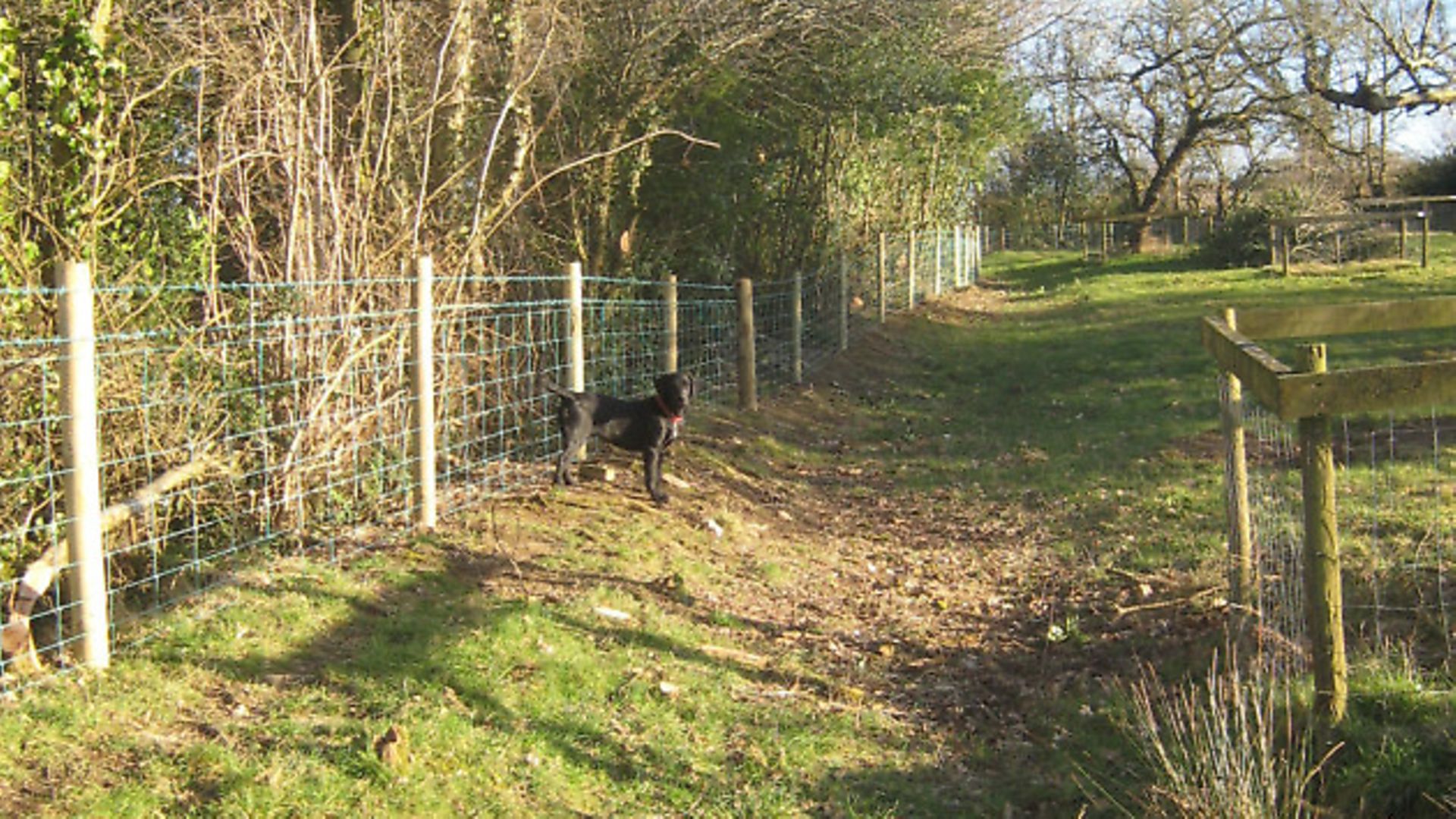It is very helpful to plan ahead for year-round for healthy livestock. Debbie Kingsley explains

Smallholders want a neat calendar checklist that they can work their way through to ensure their stock is healthy. Something that tells you to dose sheep for fluke in January, vaccinate against clostridial diseases in February, worm in March, dag in April and spray to keep blowfly strike away in May and so on, throughout the year. Unfortunately, there is no clear cut timetable that will guarantee healthy livestock as so many ailments appear due to weather and other conditions with no care for the date. This year, people complained about maggots in March because the weather had been warm and damp and the green bottles active; no point in shouting at a sheep calendar that says you don’t need to protect your sheep until the end of April. And, of course, we all have different approaches and needs. So how can you make a plan that suits your own circumstances, makes you think about your practices and methods and revise them if necessary, sets targets and benchmarks, and enables you to prevent illness through sensible stocking rates, good housing, appropriate feeding practices, scientifically based parasite control and more?
A health plan should contain a mix of routine tasks and those that are weather and symptom dependent in a way that helps you think and plan holistically about the needs of your livestock. If you’re organic or signed up for any of the accredited health schemes, a health plan will be a requirement of your status. When we started out, we were advised to worm our sheep on a regular basis (and look what a negative affect that advice has had on the national flock, with so many worms resistant to various wormers). Two decades on, and we have very few routine uses for medication. Currently, we’ll vaccinate all our sheep against clostridial diseases (two doses for lambs and an annual booster for adult sheep), use a flukicide for our sheep when we turn out at lambing, and dose the cows too two weeks after they come in for winter, and pretty much everything else is based on need, not a calendar entry. This doesn’t mean our health plan is a blank piece of paper; on the contrary, it’s 18 pages long, and has eight detailed sections.
1. Stocking and grazing

This considers the type of livestock (breeding sheep, rams, cows with calves, young stock, breeding sows, store pigs etc), notes the current number of each, the amount of land each group has access to and the desired stocking rates. It describes grazing rotation plans for the year and highlights any issues in previous years and how they were resolved. Extra grazing might be needed, stock may have to be sold on, or with a surplus of grass you might close up fields earlier to make hay. We also note exceptionally good and bad weather and the effect this has on stock and grass.
2. Breeding and fertility
Split into the categories of livestock type, this section notes whether rams, boars, bulls or artificial insemination is used; when we aim to farrow, calve and lamb – and why that suits us and our land; fertility targets (100% for cows, 150% for our mountain sheep, a minimum of 10 live piglets per litter etc); any fertility control that may be used (sponging for sheep, implants/injections for cows etc); and importantly, any changes we should be making. So a bad experience of an infertile ram would push us to raddle rams the following year, marking the ewes as they are served, and changing the colour to see if they are served s second or indeed a third time. It helps you work out when you want to farrow to have weaners for sale in the spring and meat available for Christmas customers. It notes pregnancy scanning timetables and scanning results so we can compare notes on the quality of grazing and the weather on fertility and prolificacy. Our cull policy is also included; barren ewes, those with persistent foot problems or who have prolapsed are all sent for mutton. The plan notes that we only keep breeding stock in the case of sheep from those born as twins, heifers that come from mothers whose traits we admire (such as easy calving, good conformation, quick growing calves) and pigs that meet the breed standard and are of excellent temperament.

3. Feeding and productivity
This describes the feeding regime for each group of animals, and gives target weight gains for steers and lambs. All our livestock is grass fed, so we can’t benchmark against those who feed large quantities of concentrates, but we gather information where we can, and at the very least you can benchmark against your own best results as time goes on – you can’t do this of course unless you weigh your stock and keep records.
4. Housing
Because of our heavy clay, much of our stock is brought inside for some of the year, so we note: how long housing is likely to last; steps taken to minimise infections and ailing livestock; actions for improving ventilation; clipping a dorsal strip off all cattle at housing; only bringing in ewes to lamb and pigs to farrow a few days before due date and turning out quickly in most cases; the amount of forage we’ll need to feed all housed stock; cleaning regime for housing (daily and periodically); and a timetable for calving so that we can calve inside once the rest of the cattle are out at grass to ensure each cow can have her own pen to calve in peace.
5. Animal health and vaccination
This is the bit you could be forgiven for thinking was the be all and end all of a health plan. It describes as many diseases as you may have to contend with and gives it a risk score, and the regime for prevention and treatment. It also indicates what changes to put in place as you learn more over time. Note the medications you find most helpful at lambing and kidding, and which antibiotics are appropriate. Your list of possible ailments should be long, but hopefully the list of actual treatments will be short. If you know, for example, that your sheep are prone to New Forest eye in late spring, you can make sure you have the correct eye ointment in your medicine cupboard at the right time.
6. Parasite control
This includes mites, flies, scab, gastrointestinal worms, fluke and the like. I note any flystrike problems and when we’ve dagged, sheared and sprayed. We’ve had a problem with lice on some of the sheep in the past, so now are ultra-vigilant and our treatment seems to have cured that problem. Your worming plan should ideally be based on the findings of faecal egg counts, so that you don’t use wormers unnecessarily, or ones that have no effect on the worms you are troubled with. We don’t use wormers on our adult sheep at all now, and lambs have just one or two worm treatments using a wormer that we know is efficacious. If you have wet land, you should be using a flukicide.
7. Herd/flock health security
This section covers buying in of stock, isolation and quarantine practices. Although we have entirely closed herds of cattle and pigs, we do bring in new rams, so quarantine is an issue, and you should consider how and where you buy in stock to minimise bio-security risks. You may also be at risk from neighbouring stock, so plan to double fence to ensure stock can’t touch. Have disinfectant foot dips for visitors, and a separate pair of wellies for visits to other farms. You may put in place measures to ensure badgers can’t access feed or mineral licks, and that deadstock is collected at the gate.
8. Health plan monitoring
Lastly, your plan is no good if it’s not kept up to date and monitored for achieving targets and pinpointing problems and actions, so use it as a regular management tool and don’t consign it to the bottom of a box file.
Image(s) provided by:
Archant
Archant
Archant







